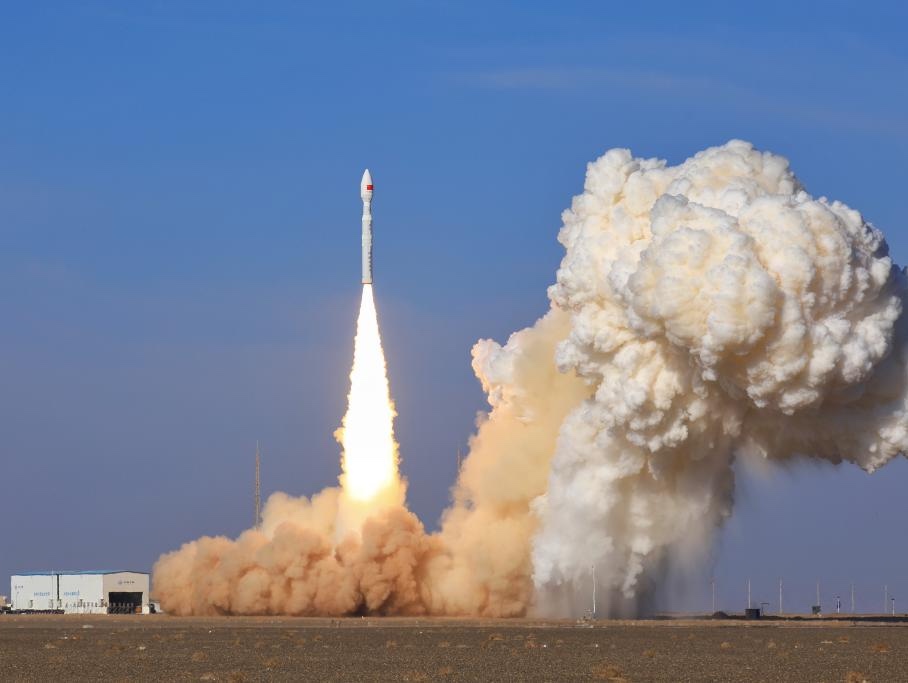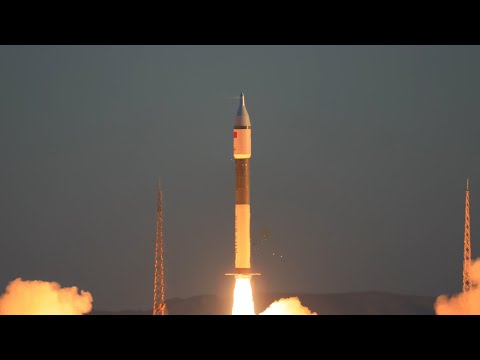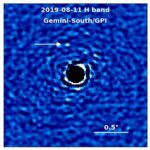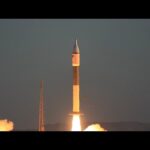Now Reading: Kymeta to supply flat-panel satellite antennas to U.S. Army
-
01
Kymeta to supply flat-panel satellite antennas to U.S. Army
Kymeta to supply flat-panel satellite antennas to U.S. Army
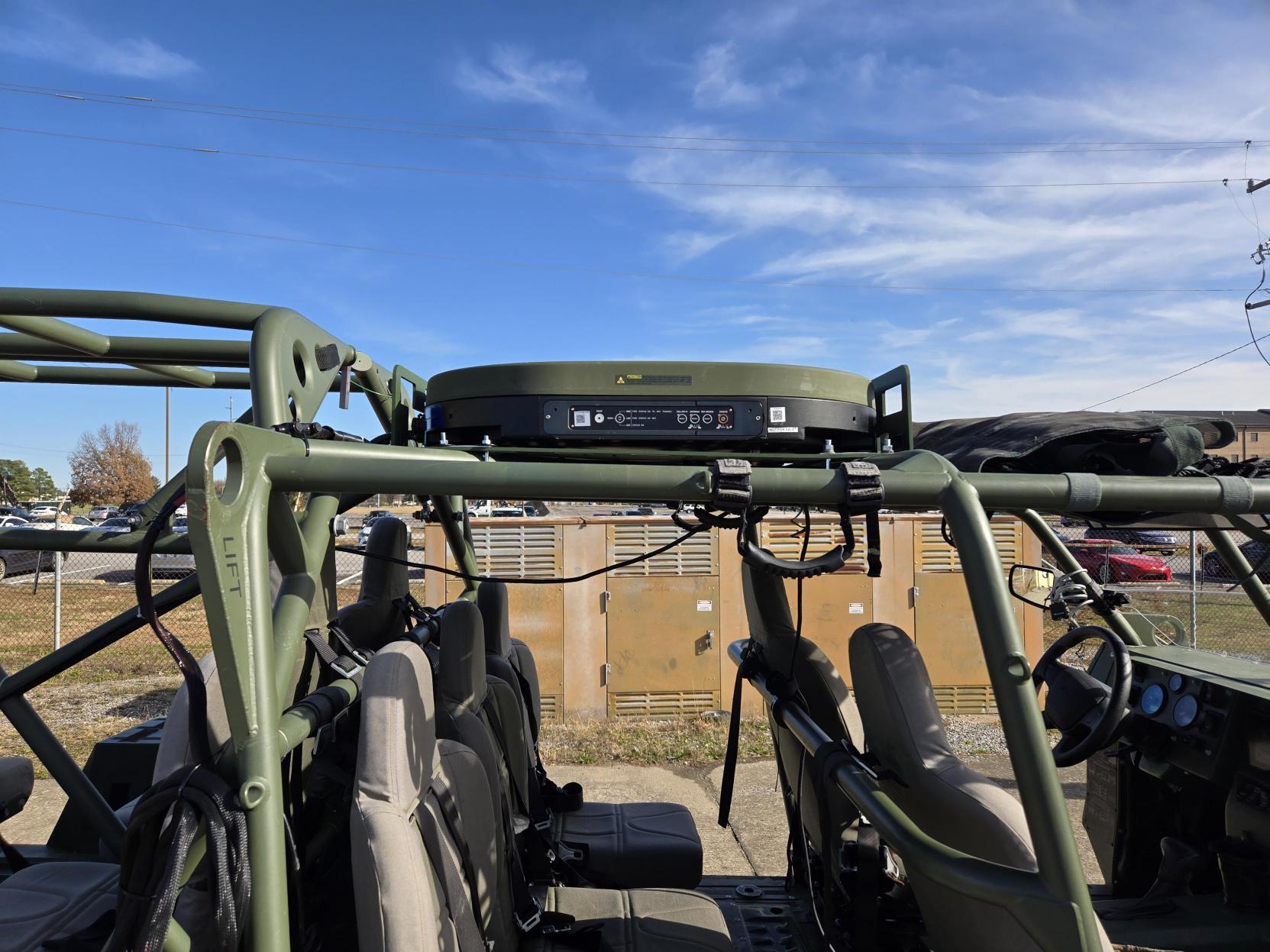

WASHINGTON — Satellite antenna manufacturer Kymeta said it will supply 138 Osprey u8 flat-panel terminals and spares to the U.S. Army’s 4th Infantry Division for a pilot program to improve ground connectivity.
The 4th ID, based at Fort Carson, Colorado, is the first unit to test new technology for the Army’s Next Generation Command and Control (NGC2) program, which aims to modernize the service’s information enterprise. The contract value was not disclosed.
The Osprey terminal, a commercial product ruggedized for military use, supports communications from low Earth orbit and geostationary satellites using electronic beam steering rather than mechanical tracking.
“We expect to provide 138 Osprey terminals and some spares to the 4th Infantry Division,” Tom Jackson, Kymeta’s executive vice president and chief revenue officer, said in an interview.
The Army will use the flat-panel antennas for upper-echelon communications on trucks, tactical vehicles and robotic platforms. The NGC2 program is structured to work with multiple vendors and incorporate commercial off-the-shelf products.
Jackson said the contract is one of the largest to date for the Osprey terminal. Kymeta has sold roughly 500 Osprey terminals to the Army, Marine Corps and Special Operations Command since entering the military market.
The potential for the NGC2 contract extends beyond the current order. If the pilot is successful, the Army could move forward and equip all of its 10 active-duty divisions with new hardware, Jackson said.
Kymeta is developing a dual-band version of the Osprey that can operate on both Ku and Ka bands, compared to the current Ku-band-only version. The company expects the dual-band terminal to be available in a couple of years, Jackson said.
The antenna’s modular design accommodates different satellite service providers through interchangeable modems or cartridges. The current version operates on Ku band for LEO and GEO satellites.
Jackson attributed increased interest in dual-band capability to Amazon’s Kuiper LEO broadband constellation, expected to enter service in coming years. Kuiper will operate on Ka band.
“If you have an antenna that can provide Ku on either Starlink or OneWeb, Ka on Kuiper and others, in GEO and MEO, your resiliency goes way up,” Jackson said.
A multi-band terminal would allow the Army to consolidate terminal models and reduce dependence on any single satellite provider, he said.
Since the NGC2 announcement earlier this month, Jackson said companies have contacted Kymeta about potential collaboration. “It’s given us an incredible amount of visibility,” he said.
Stay Informed With the Latest & Most Important News
Previous Post
Next Post
-
 012024 in Review: Highlights from NASA in Silicon Valley
012024 in Review: Highlights from NASA in Silicon Valley -
 02Panasonic Leica Summilux DG 15mm f/1.7 ASPH review
02Panasonic Leica Summilux DG 15mm f/1.7 ASPH review -
 03From Polymerization-Enabled Folding and Assembly to Chemical Evolution: Key Processes for Emergence of Functional Polymers in the Origin of Life
03From Polymerization-Enabled Folding and Assembly to Chemical Evolution: Key Processes for Emergence of Functional Polymers in the Origin of Life -
 04How New NASA, India Earth Satellite NISAR Will See Earth
04How New NASA, India Earth Satellite NISAR Will See Earth -
 05And Thus Begins A New Year For Life On Earth
05And Thus Begins A New Year For Life On Earth -
 06Astronomy Activation Ambassadors: A New Era
06Astronomy Activation Ambassadors: A New Era -
07SpaceX launch surge helps set new global launch record in 2024













